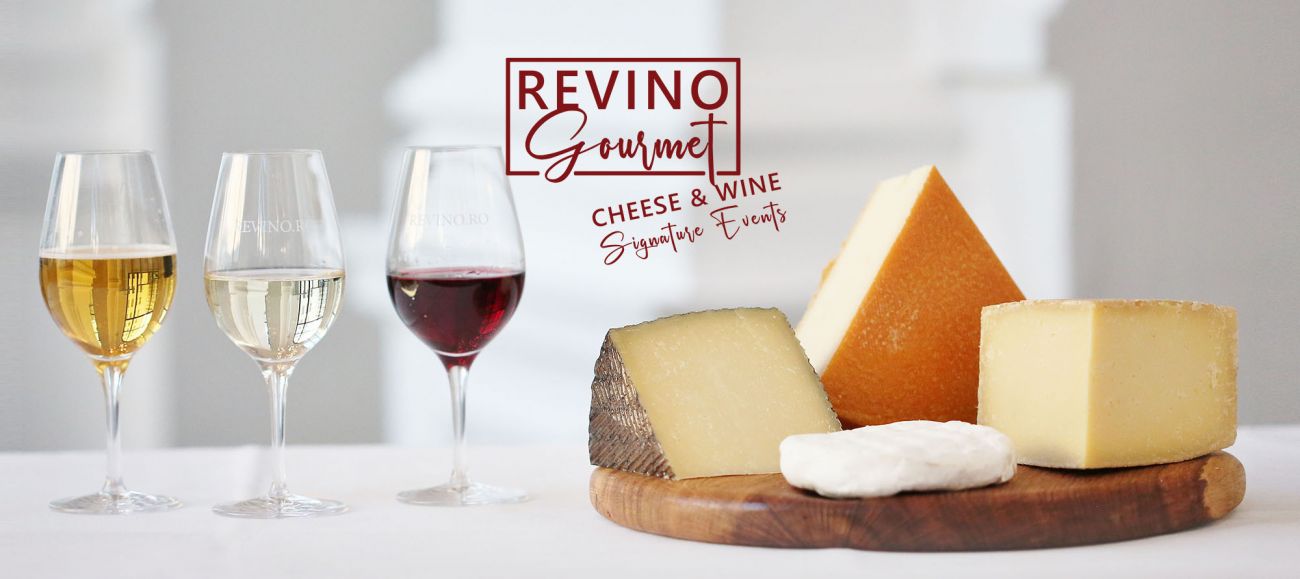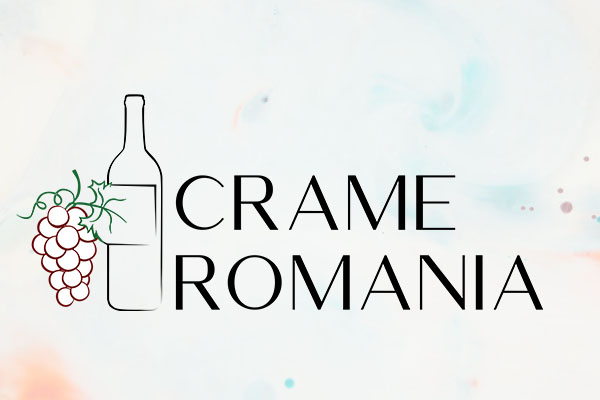A domestic variety cultivated mainly in the Odobesti vineyard, but also in vineyards across the rest of the country, albeit on much smaller areas. It is part of the so-called group of Galabena, along with Zghihara de Husi and Galbena Negra (galbena meaning yellow).
Alternative names
In Moldova, this variety was also known as Galbenă de Căpătanu, Poamă Galbena, and Bucium de poamă galbenă. In Wallachia, it was known as Galbena Grasa and in Dobrogea, owing to the Turkish occupation, Sars Izum.
Characteristics of the grape
Galbena de Odobesti is easily recognisable by its leaves. These can be whole or trilobate, and the main veins are red-violet at the base of the leaf. Galbena of Odobesti is a self-fertile variety and can therefore be grown in large and pure plantations. The best results are obtained when the grape is planted on south-facing slopes that enjoy more heat and light. Galben of Odobesti is a vigorous variety. Its shoots grow from spring to autumn, and can reach 3-4 metres or more.
The grapes ripen throughout September. They are winged, cylindro-conical with dense, round medium-size seeds. The grapes are generally yellow with a rusty tint on the side exposed to the sun. They are medium to large, reaching 350-400 g. Interestingly, the seeds vary in weight by up to a gram, with the seeds of smaller grapes weighing more than those of larger ones.
At harvest, the grapes yield on average 180-220 grams of sugar per litre, and have a fairly high total acidity of between 4.5 and 6.0 grams per litre. Galbena de Odobesti produces large harvests, with an average production of approximately 16-20 tons per hectare, and can even exceed 23 tons per hectare.
Wines obtained
This variety typically gives semi-aromatic, delicate, dry or semi-sweet wines, with an acidity that can perfectly balance the residual sugars. When brought to a semi-sweet state, the accumulated sugar can be captured and supports the floral aromatic notes of the variety, giving the wine a longer life.
Taste and aroma
Galbena of Odobesti wines have delicate, floral and herbaceous notes, supported by residual sugar and balanced acidity, especially in the case of the semi-dry varieties. It is a wine that recalls spring flowers, freesias, bluebells, violets, the first bouquet of meadow flowers and freshly cut grass.
It is a pleasant, refreshing and very drinkable wine, especially when consumed fresh or young. Aging in suitable spaces will lend this wine extra oxidative notes, giving it greater elegance.
Suggested food pairings
- Curd tart with greens
- Vegetable, cheese and turkey breast ham terrine
- Platter of fresh, cow’s, goat’s and sheep’s cheese
- Poultry and vegetable stew
- Baked vegetable casserole
- Mushroom stew with sour cream
- Vegetable pilau
- Aubergine rolls with chicken breast
- Meatballs with pumpkin or new potato meatballs with dill
- Broccoli soup
- Baked carp with vegetable garnish
- Perch fillet with broccoli puree
- Fish brine with polenta
- Seafood pasta or paella
- Grilled poultry, fish and vegetables
- Guacamole
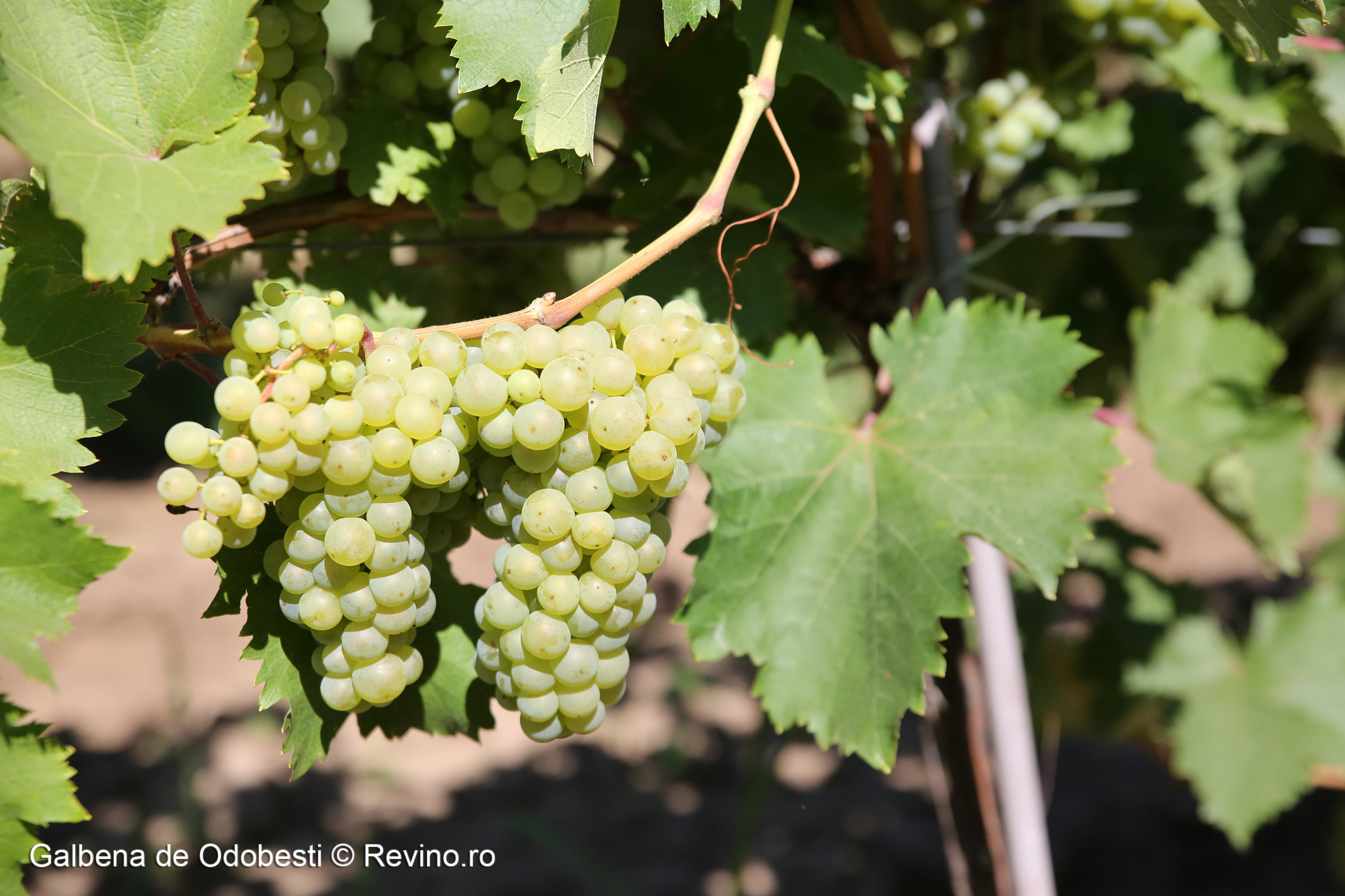
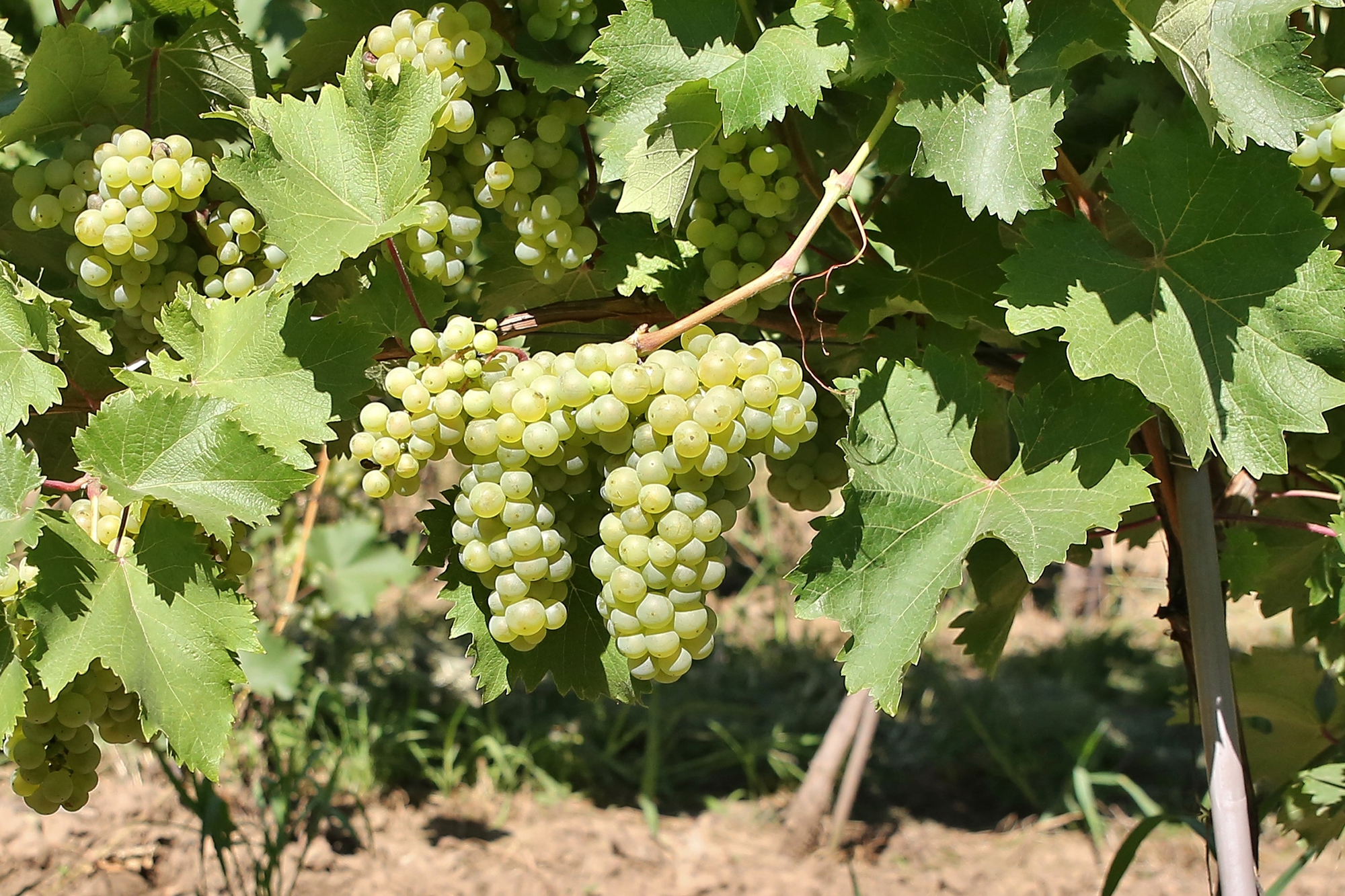
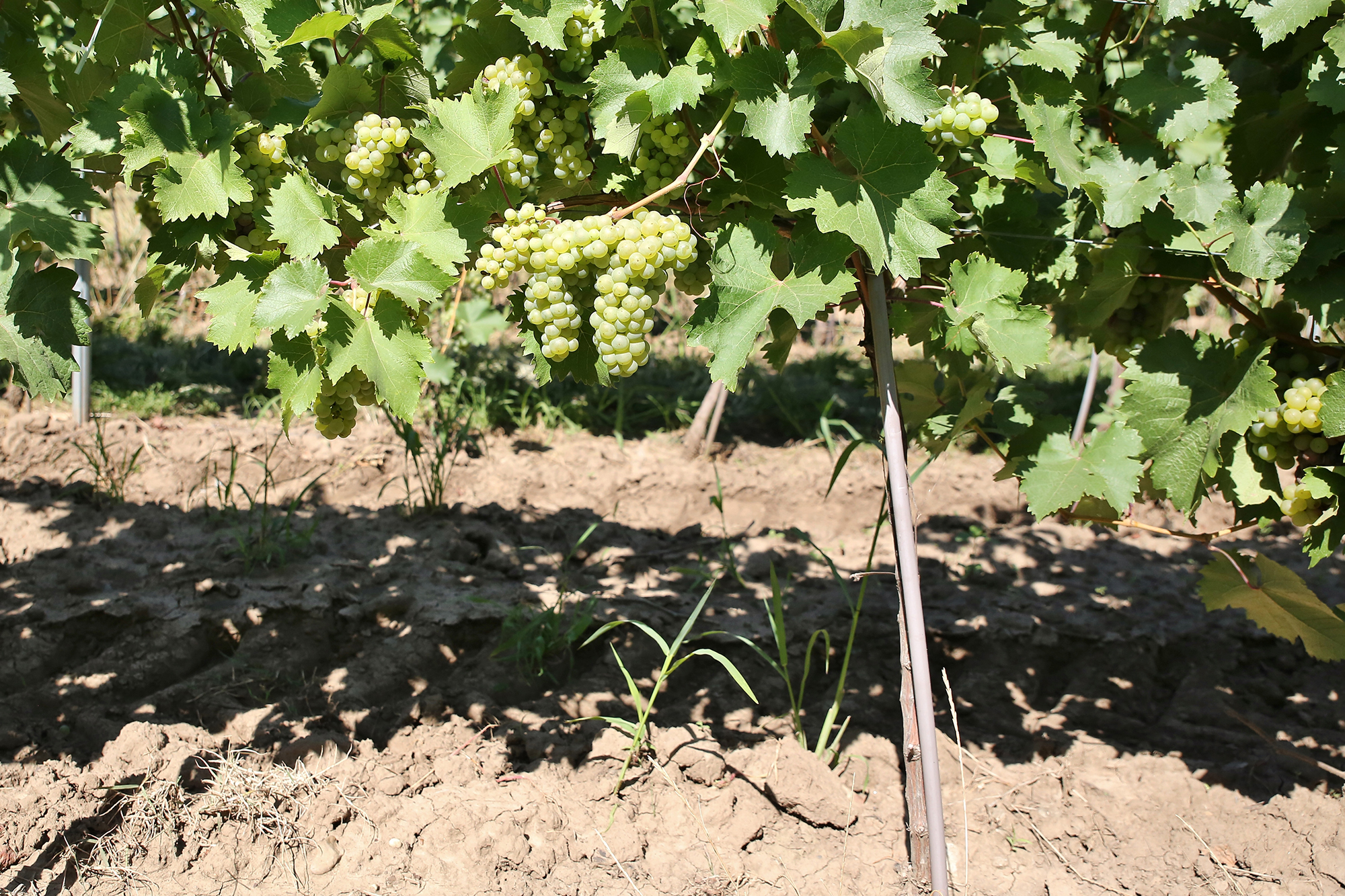
Photos: Alina Iancu




